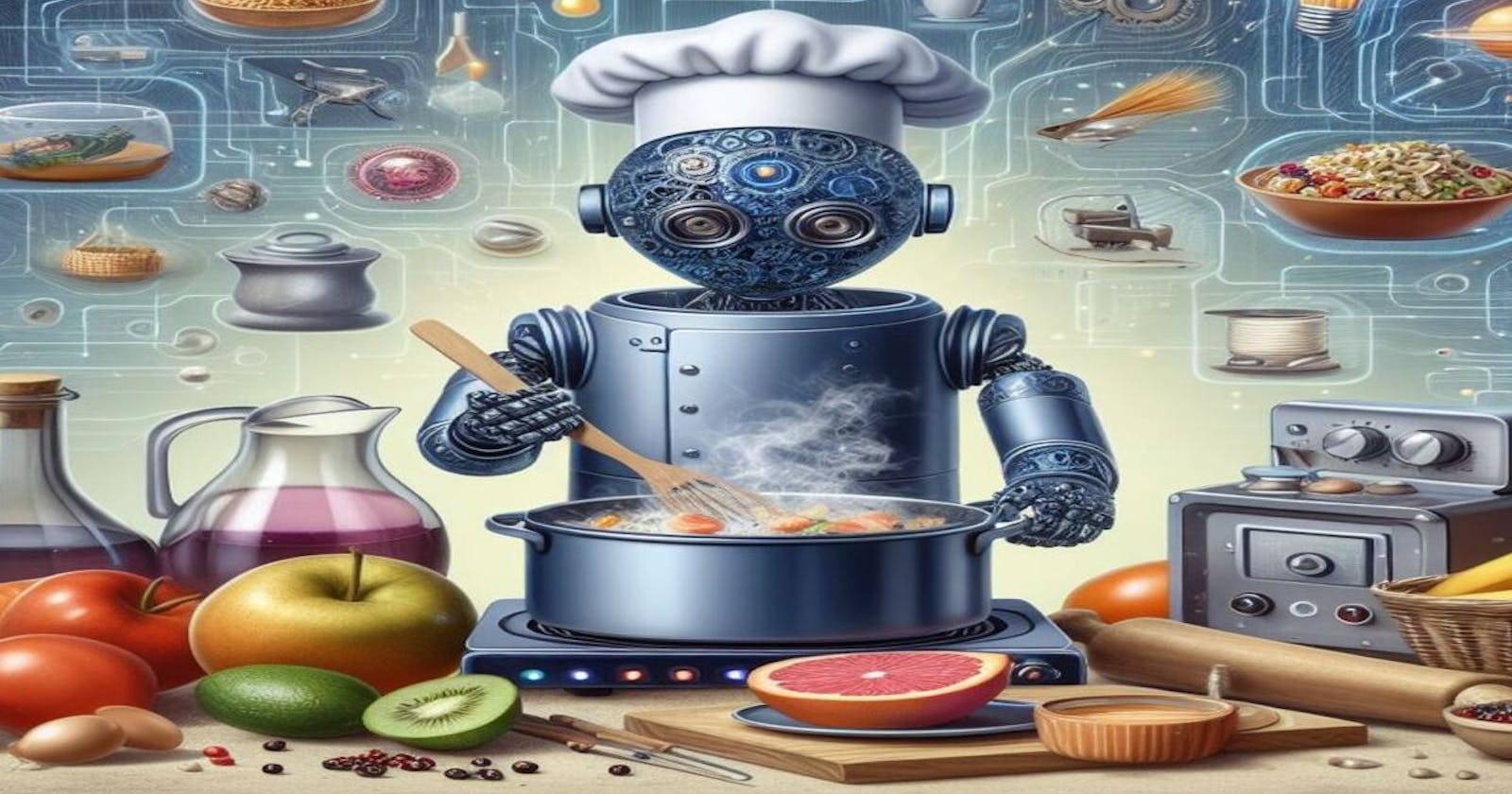Hey there! 👋 , Before we get into the nitty-gritty technical stuff, let's have some fun revisiting what machine learning model is all about. In the last three articles, we talked about why machine learning is important and what cool things we can do with it like we cracked the code for Real Estate marketing. Now, let's take a step back and remind ourselves in a simple and enjoyable way what machine learning model really means.
Fun fact: by the end of this article, you might just pick up a new skill – cooking! 🍳
So a machine learning model is like a recipe or a set of instructions that the computer follows. It takes in data (the ingredients) and uses it to make predictions or decisions (the dish).Just like how you might tweak a recipe based on the results (too salty? add less salt next time), a machine learning model also learns and improves over time. It adjusts its “recipe” based on whether its past predictions were right or wrong. This is why it’s called “machine learning” - because the machine is learning from data! 😊
So let's start by breaking down the process of making a good machine learning model step by step. It's like following a recipe when you're cooking something new for the first time – not mandatory, but it can sure help! 🤖💡🍲
Define the Problem: This is like deciding what you want to cook. You need to know what you’re making before you can start. In machine learning, this could be deciding whether you want to predict something (like tomorrow’s weather), classify something (like whether an email is spam or not), or group things together (like finding groups of similar customers).
Gather the Data: This is like going shopping for your ingredients before you start cooking. In machine learning, you need data (the “ingredients”) to train your model (the “recipe”). So suppose if we want to make an ML project that uses real-time data, then we can build an IoT system that using different sensors data, some other data collection technique involve such as Web Scraping,using API's to fetch the data from the application or might be Pre-exiting Datasets if you are working in large organization or if you just want to work on real time scenarios then I highly recommend to check https://archive.ics.uci.edu/ or https://www.kaggle.com/datasets for datasets.
Prepare the Data: This is like washing and chopping your ingredients before you start cooking. In machine learning, this could involve dealing with missing values (like missing ingredients), outliers (like rotten ingredients), or scaling and normalizing your data (like chopping your ingredients to the right size).
Choose a Model: This is like choosing a recipe. Just like how you’d choose a different recipe for pasta vs. a cake, in machine learning, you choose a different model based on the problem you’re trying to solve. This could be a linear regression model (a simple recipe), a decision tree (a step-by-step recipe), a neural network (a complex recipe), etc.
Train the Model: This is like cooking your dish for the first time and seeing how it turns out. In machine learning, you “cook” your model by feeding it your data and adjusting the model’s parameters based on its performance.
Evaluate the Model: This is like tasting your dish or having someone else taste it. In machine learning, you test your model’s performance on new, unseen data. This gives you an idea of how well your “dish” (model) will be received in the “real world” (on new data).
Tune the Model: This is like adjusting your recipe based on feedback. Maybe your dish was too salty, so you add less salt next time. In machine learning, you might adjust your model’s parameters, choose a different model, or even go back to preparing your data differently.
Deploy the Model: This is like serving your dish. Once you’re satisfied with how it tastes, you can serve it to others. Similarly, once you’re satisfied with your model’s performance, you can deploy it to start making predictions on real-world data.
Remember, just like cooking, machine learning involves a lot of trial and error, and it’s okay to make mistakes. That’s how you learn and improve! 😊
Now that we've got everything ready, 😊 it's time to dive into the fun stuff! 💻 Let's start cooking up some machine learning magic! 🎉🍲 Stay tuned for the next part of our series! 😄
